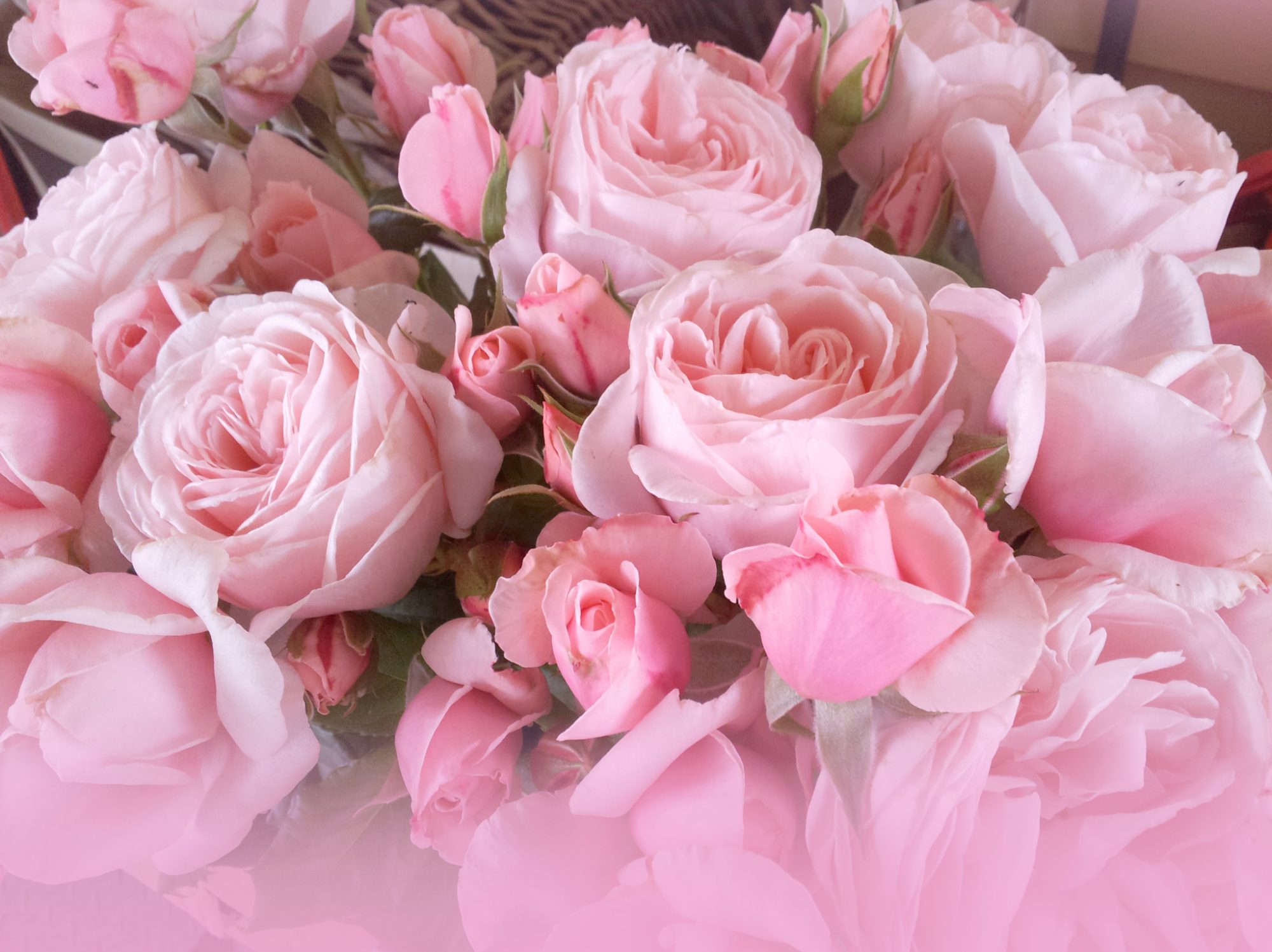Hello dear rose friends … yes, no R/R last week but there’s so much going on that sitting at the computer takes a back seat – while I’m out pulling weeds and ‘doing stuff’ I speak with you all constantly, telepathically, do you hear me speaking with you rather than typing the R/R??? Probably not!
We’ve enjoyed busy days in prime-time weather out in the garden with our heads down and bums up being close and personal with the magpies who had to be part of the action by getting worms and bardy grubs after the weeds were pulled and the last few days have been taken up with helping erect a school holiday building project – cubby-house with the pea-straw bales, Mooi’s first birthday celebrations and personal time-out … nice stuff!
Once read a beautiful Chinese proverb which told me that if I had learned something of value, I had a moral obligation to share it with others. This email gives some insight to our online business which I think is great to share …
Hi Diana … I am VERY pleased to say that my beautiful roses arrived yesterday. They were a little bumped and bruised in the box, but otherwise all good and still very moist in their packaging. TINTERN is soooooooo cute. They all look VERY healthy and I can’t wait to plant them up this coming weekend.
I loved reading through the Newsletter too, and will follow your suggestion re the ongoing maintenance with Eco products.
One question if I may … You mention in the Rosarian just above the Maintenance suggestion that you “fertilise every 8 weeks with half a handful of fertiliser”, but you don’t mention the name of the fertiliser. I’m guessing if it’s “half a hand full” it must be in pellet form? Can you please clarify that part of your publication?
Also, you say NOT to fertilise until Spring, but we are currently IN Spring up here in Bris Vegas (Brisbane). Does that mean I should fertilise at the same time as I plant the new ones?, or just follow the mixture of Eco-Fungicide, Eco-Oil, Eco-Aminogro and Eco-Seaweed all mixed up together in the same watering can? I don’t intend to over stress the plants by also spraying with Eco-Neem, so when should I do that and how often?
Sorry to be a pain. I should just buy your book ;>}
Chrissie xx
PS: It was so lovely to see your picture in the Rosarian. Now I can put a face to the name. Gra looks lovely too. In fact you both look like the loveliest couple. I’m so glad I stumbled upon your website via Googling.
Fertilising roses remains a constant area of concern for some customers – because of the weight constraints, it is impossible to send you the brilliant Complete Organic Fertilizer we use. The best we can do is recommend that you take note of what you are buying, only buy quality and be mindful that organic fertilizer is beneficial to the soil. Follow the directions on the pack as every product will have a varying recommendation.
When all else fails, just follow your gut instinct – think the plants need a feed, feed them, think they need watering, water them! A whole lot of ‘good gardening’ is about allowing your intuitive power to prevail!

GRA’S GARBLE …
A pinch and a punch for a whole new month but most exciting is that your roses will be displaying lush, healthy foliage and some of you already have masses of flowers – here at CLONBINANE buds are starting to show colour so it will be an early season indeed!
Q. What is a cow’s favourite film? A. The SOUND OF MOOSIC!
One of the first roses to be flowering here will be JOSEPH’S COAT which is a climbing rose of immense beauty with a parade of all colours from warm-yellow buds which, as they age, go through stages of being apricot, pink and then crimson to finish.
In full flower, JOSEPH’S COAT is a sight to behold and I’m glad we remember to send budwood to the grower each season which means this robust old climber which was released in 1963 stays in production.
Our specimen of JOSEPH’S COAT is planted in a huge tub and scrambling over an arch in the centre walk-way of the nursery. It’s planted with a mauve CLEMATIS and together they are a true spectacle.
Speaking of CLEMATIS – we now have a great range of HYBRID CLEMATIS in stock. They are very suitable to plant alongside a climbing rose because the climbing rose shades the ground to keep the root-run of the CLEMATIS cool which is exactly what they need to flourish.
A customer gave some great advice about successfully growing CLEMATIS – plant them deep, throw heaps of compost and manure around them and let them get on with it and that’s exactly what we do here in the gardens and they appear to be more frost-hardy than some of the roses!
Treat yourself – plant a few CLEMATIS near the climbing roses in your garden and see for yourself how easy they are to grow.
Have a beaut week in your garden, get the kids to help you pick snails off the veggie seedlings … 10 cents for every snail – you’ll be broke but you’ll have a ball!
See you soon at CLONBINANE … Diana, Graham & one year old Mooi
